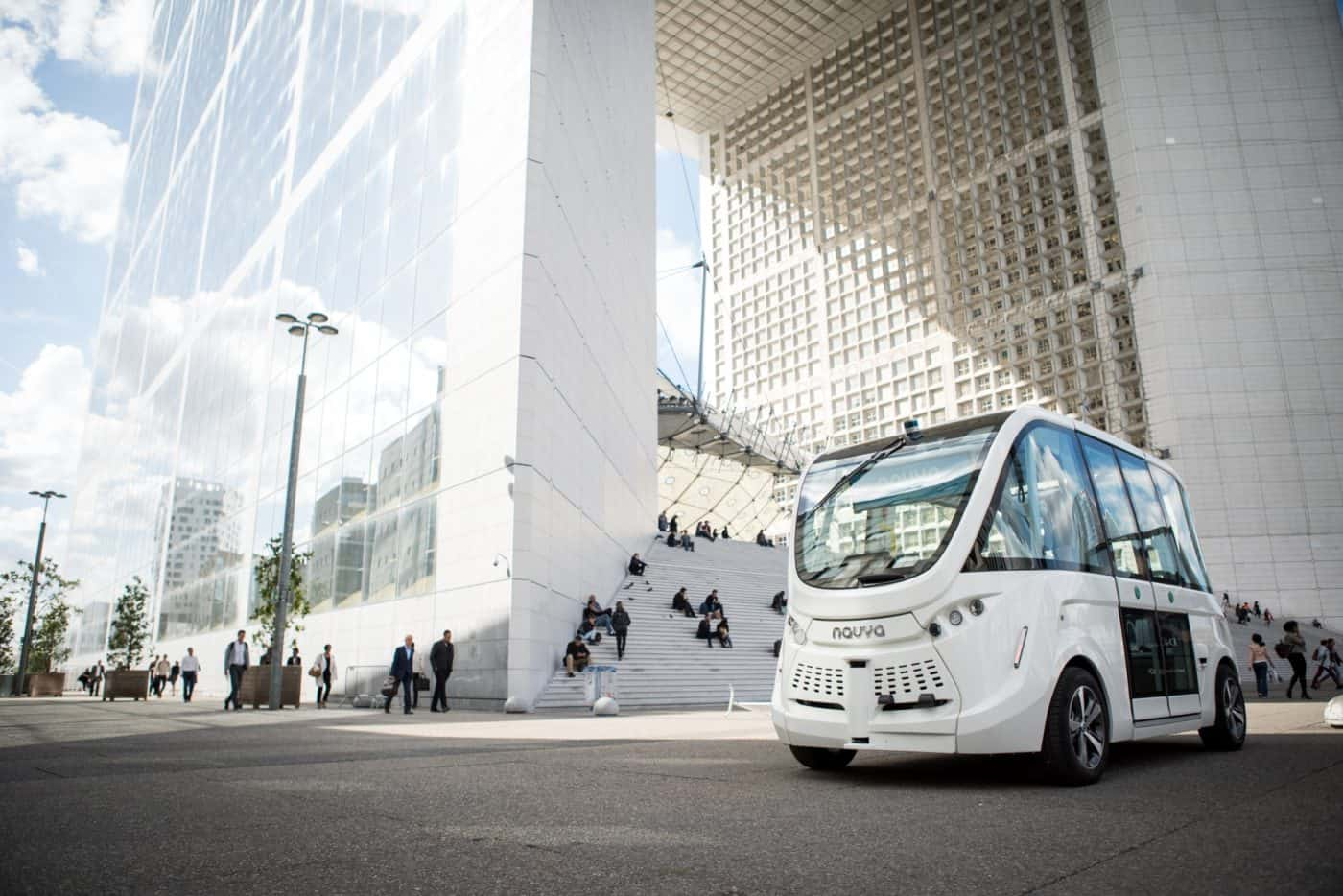
Over the past few years, there has been a lot of hype surrounding autonomous mobility. Perhaps too much hype…and too many marketing campaigns. Has autonomous mobility managed to achieve all that we’ve hoped it would become?
“Paris, July 30th, 2024.
Julia and her friends are very excited. In less than two hours, they will be cheering for their friend Ashley, who is competing in the Women’s 400m Freestyle Olympics Final! They leave their hotel in Paris early to reach the Water Park in Saint-Denis, just across from the Stade de France. At Saint-Lazare station, they take automated metro line 14 to the last stop: Saint-Denis Pleyel. An autonomous shuttle takes them along with other fans to the Water Park. Inside the shuttle, a large screen is broadcasting the swimming competitions. 30 minutes and €2.50 for the entire trip: Pretty snazzy, thinks Julia…”
The industry has made leaps and bounds technologically in improving safety for both passengers and road users, but much work remains to be done. Companies stand to reap tremendous benefits by investing in R&D in connected and autonomous mobility, especially in the Paris Region (see our previous post).

Pilot tests of self-driving vehicles are flourishing all over the world. That’s all well and good, but the time may have come to start commercial operations. This is the hardest part, with so many unanswered questions, including the most fundamental: Which business model to adopt?
The Paris Region is fertile ground for starting or expanding an autonomous mobility business. 12 million inhabitants make 40 million trips daily across a broad range of urban and rural environments, making the Paris Region ripe for business implementation. For context:
- inner Paris has the highest population density in Europe, an excellent public transportation network and a low car ownership rate (around 35-40%)
- suburban areas boast an increasingly extensive public transportation network and higher car ownership rates, but still provide a very heterogeneous mobility situation
- rural areas are connected by regional trains with bus networks to help fill the gaps, but cars remain essential.
In other words, the Paris Region offers opportunities and business scenarios across the autonomous mobility value chain, all within a single geographic market. There is also ample support from local authorities, such as the 100 million euros invested by the regional government to update key road infrastructure and facilitate the mass deployment of connected and autonomous vehicles. Companies will find excellent conditions for starting business operations in the region.
Plus, in July 2024, the Olympic torch will arrive in Paris. Athletes, fans, and media will converge on the Paris Region to enjoy the Summer Olympic and Paralympic Games, in addition to around half of the world’s total population who will probably catch at least one minute of the Olympic Games. Those people will need to get around – and who knows what the state of autonomous mobility will be in 5 years.
Will you join us to shape that future?

